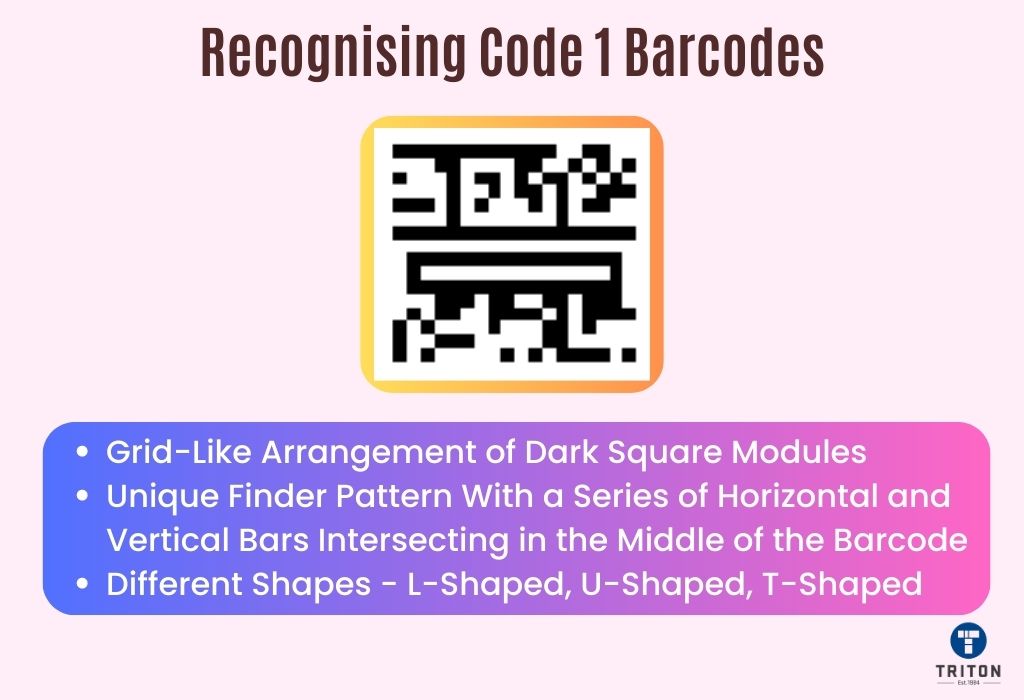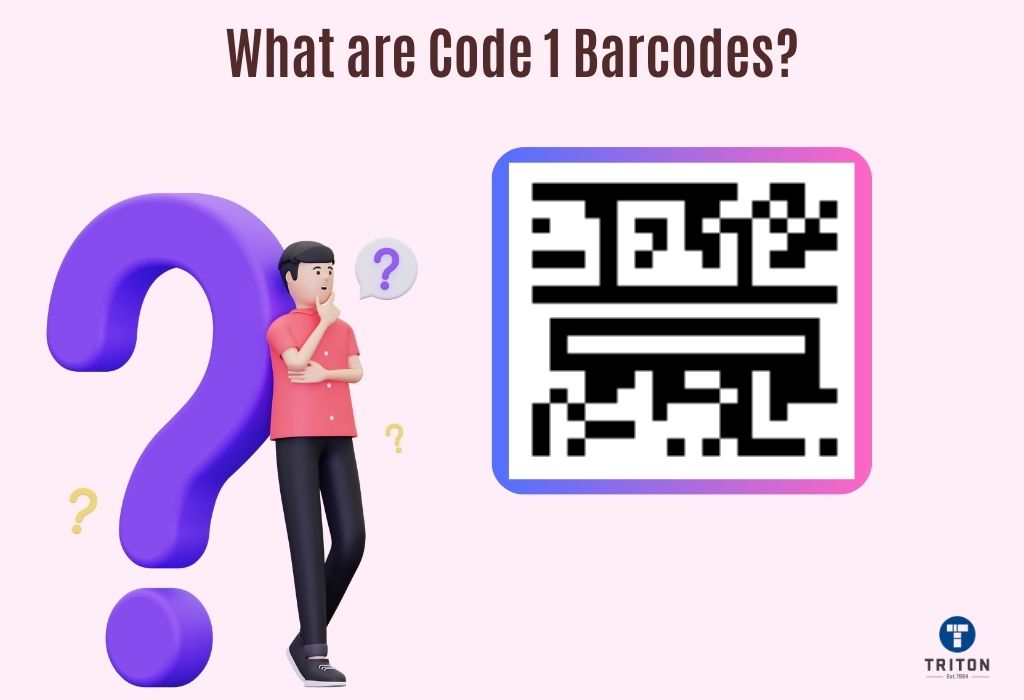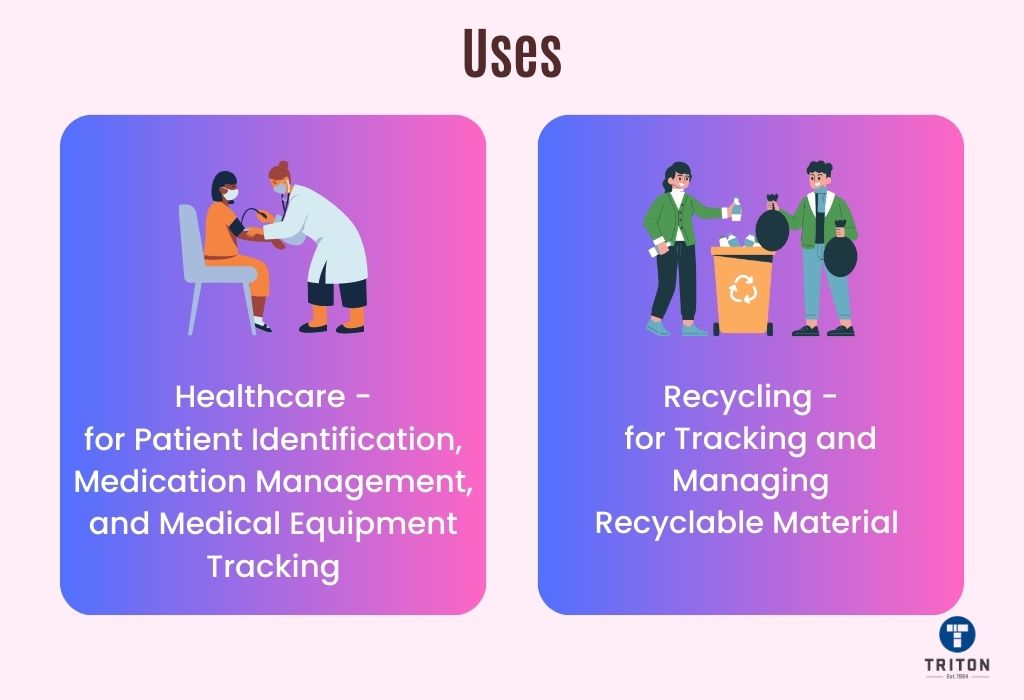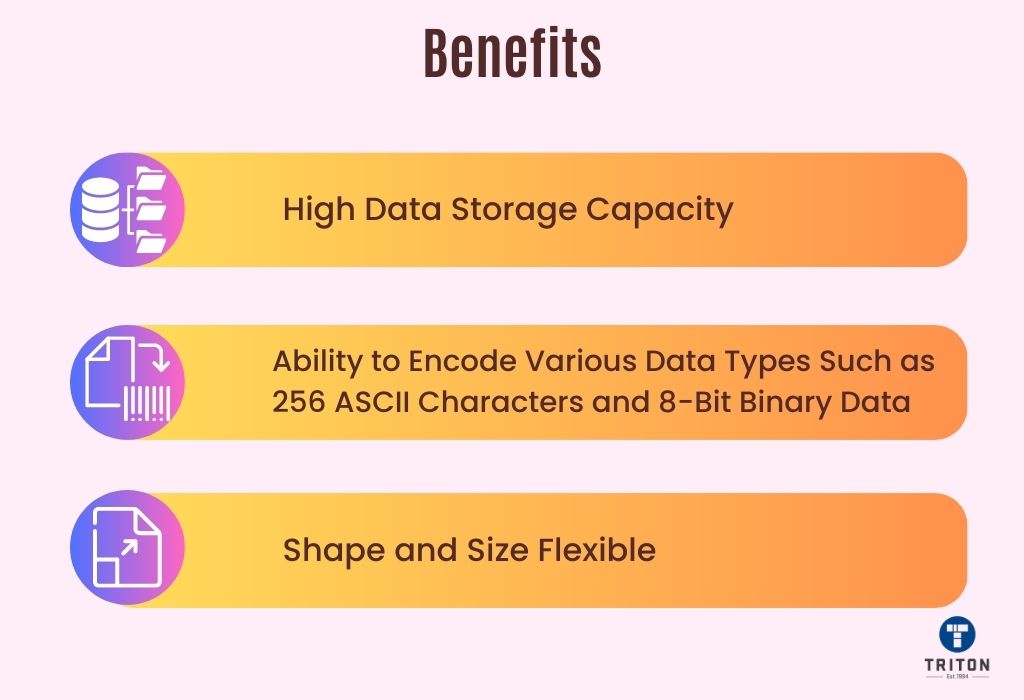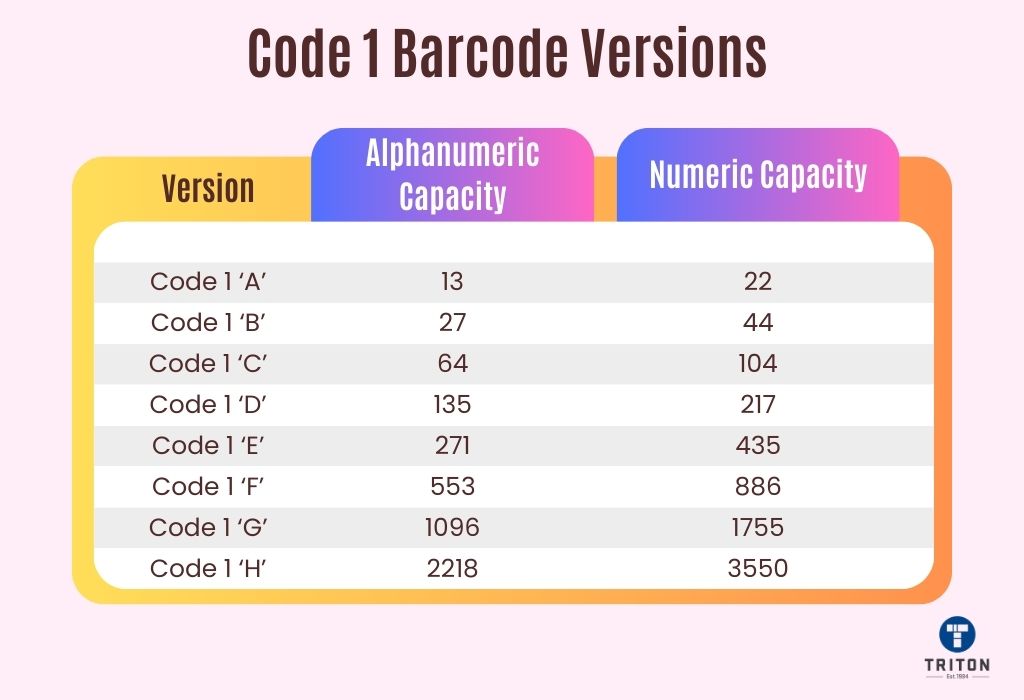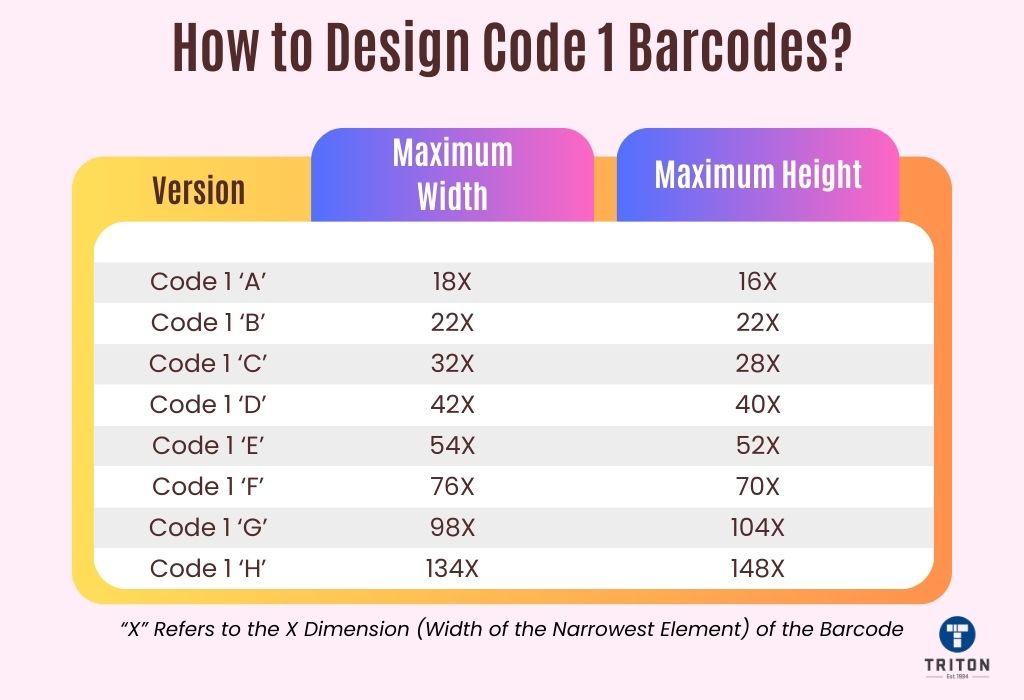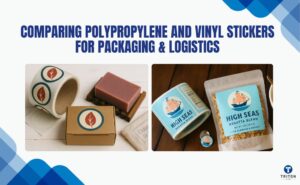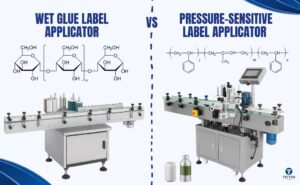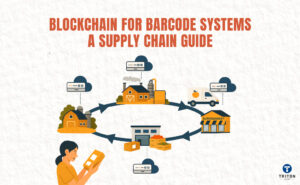When working with Code 1 barcodes, it is important to choose a printer that is compatible with them. Initially, Code 1 was only used with certain Intermec printers. Intermec manufactured and supplied automated identification and data capture equipment, including barcode scanners and printers.
Honeywell acquired Intermec on September 17, 2013. This integration led to the merging of Intermec with Honeywell Scanning & Mobility, incorporating Intermec’s innovative products, solutions, and engineering expertise within the Honeywell portfolio.
Explore our extensive collection of Honeywell products by visiting Triton’s Honeywell printer homepage and Triton’s Honeywell barcode scanner homepage.
Here are some printing best practices to consider.
- Set optimal printing parameters: Adjust the printer settings to achieve the desired print quality. Selecting the appropriate settings ensures clear barcode images.
- Maintain proper label positioning: Align the barcode label correctly on the printing media to avoid any skewing or distortion.
- Check for print defects: Regularly inspect printed barcodes for any printing defects or anomalies. Look for issues like smudging, fading, or misalignment. If any problems are detected, adjust the printer settings or replace the printing media as needed.
By following these printing best practices, you can produce high-quality Code 1 barcodes that are accurate and easily readable.
At Triton, we offer a wide range of thermal printers from top brands, such as Zebra and TSC, at competitive prices. Our inventory includes dependable direct thermal printers, thermal transfer printers, barcode label printers, desktop printers and industrial printers, barcode printers, and top-notch label printers to fulfil your business requirements.
We understand the importance of having high-quality printing solutions. That’s why we not only provide top-of-the-line thermal printers but also offer a wide range of thermal print consumables to complement them.
Our thermal transfer ribbons, thermal labels, thermal carton labels, thermal carcase tags, and food-compliant thermal inserts have all been specifically designed to deliver unbeatable adhesion and long-lasting prints that won’t easily fade or smudge. Whether you need to print barcodes, product labels, or any other information, our thermal consumables will ensure you get the best possible results every time.
Don’t settle for mediocre label printing solutions that can harm your business. Choose Triton’s renowned thermal printers and consumables, and say goodbye to your printing woes once and for all. Browse our impressive selection now and discover the perfect fit for your business needs.
